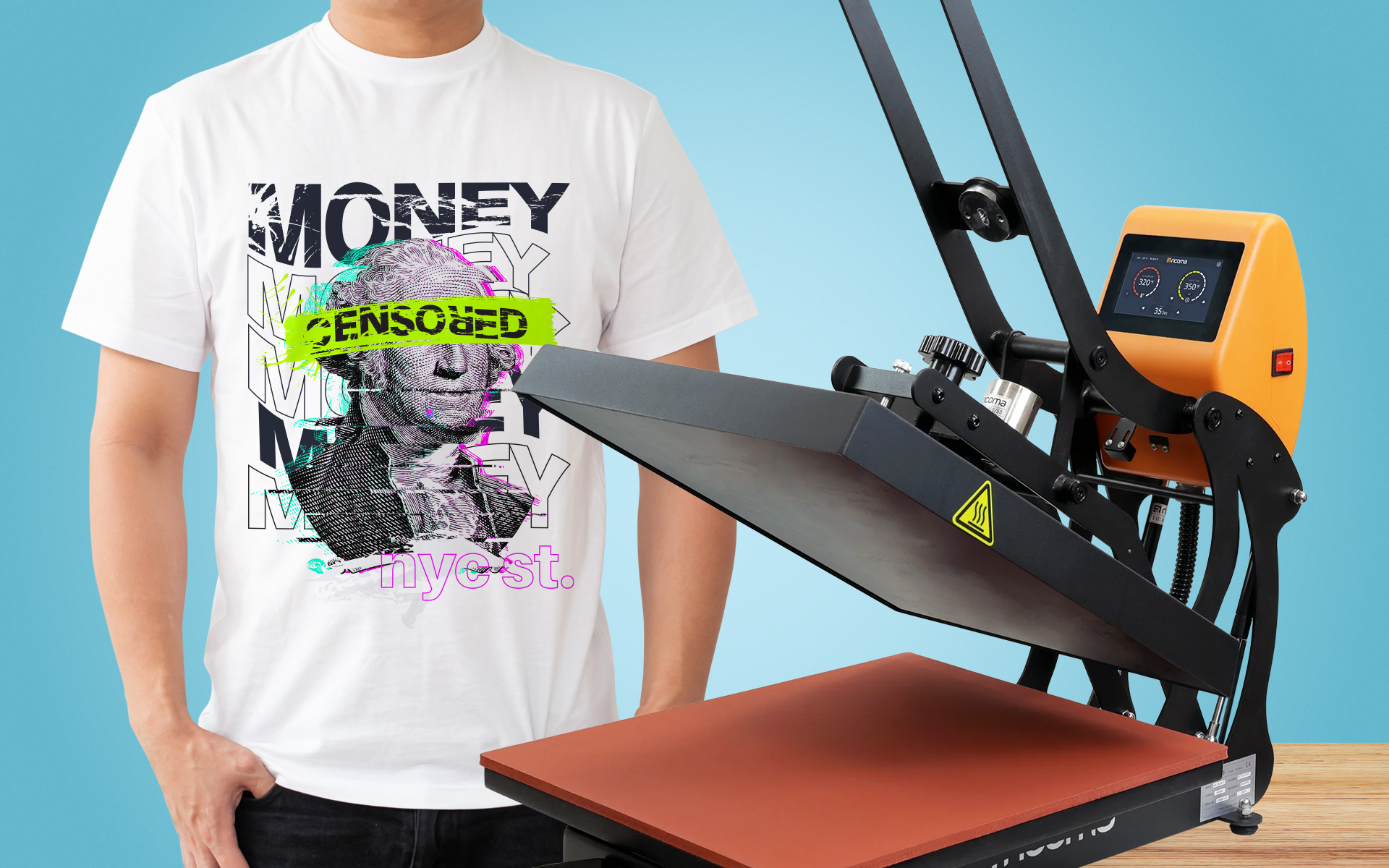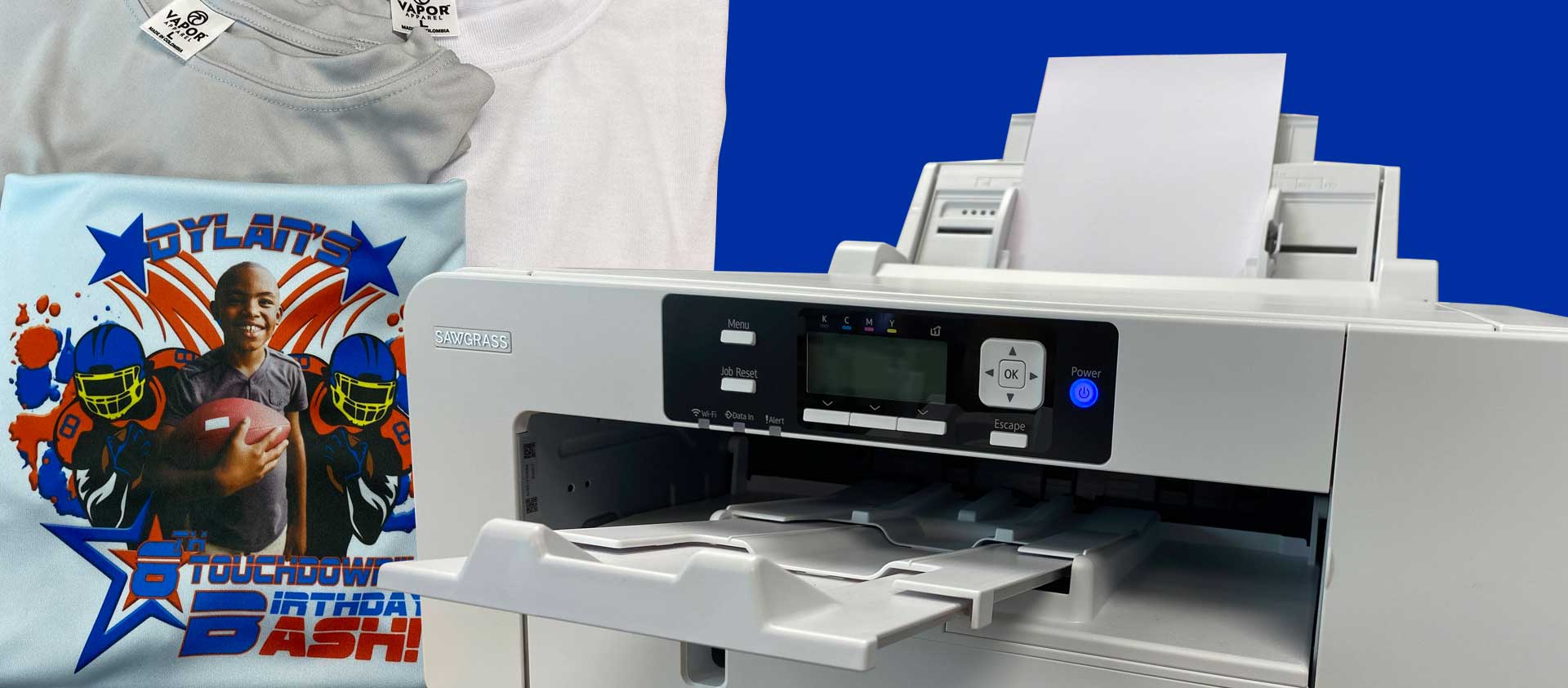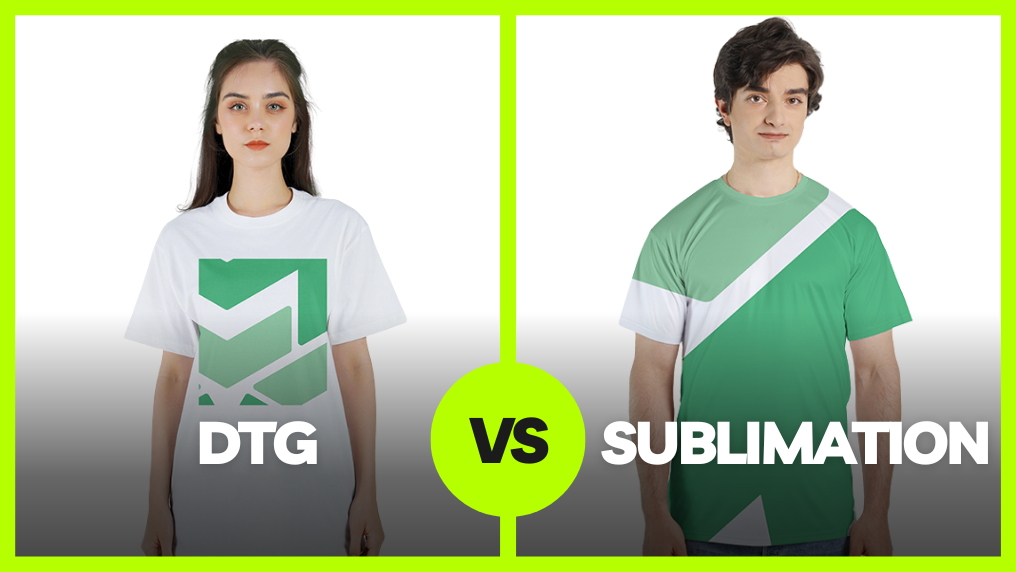Developments in DTF Printing: How It's Changing the Market
The fabric printing sector is going through a considerable change, driven by the advanced developments in Direct-to-Film (DTF) innovation. These technologies are not only enhancing print quality and convenience but also improving the entire printing process. With remarkable ink solutions, boosted movie and glue innovations, and the integration of automation, DTF printing provides dynamic, sturdy prints on a range of materials, meeting the raising demand for modification. As organizations look for much more eco pleasant and effective options, the effects of these developments warrant a closer evaluation into how they are forming the future of textile printing.
Innovations in DTF Innovation
Advancing rapidly, DTF (Direct-to-Film) printing modern technology has undergone significant enhancements that are revolutionizing the textile sector. Modern DTF printers utilize sophisticated ink solutions that result in dynamic, long lasting prints with high resolution and shade accuracy.

Additionally, developments in film and adhesive technologies have improved the total application procedure. New movies use much better flexibility and bond, boosting the toughness and washability of the printed styles - screen printing. This makes certain that the prints keep their honesty and vibrancy also after several cleans
Last but not least, ecological considerations have actually motivated the advancement of eco-friendly DTF services. Manufacturers are increasingly taking on sustainable methods, such as making use of recyclable films and water-based inks, lining up with international efforts to minimize the sector's environmental footprint.
Advantages Over Typical Approaches
When contrasting DTF printing to conventional approaches such as display printing and direct-to-garment (DTG) printing, several unique benefits arise. DTF printing. One of one of the most considerable advantages is its convenience in fabric compatibility. Unlike screen printing, which commonly needs specific fabric kinds, DTF printing can be related to a wider variety of materials, consisting of cotton, polyester, and blends, without endangering print top quality
Another notable advantage is cost-effectiveness, especially for little to medium-sized orders. Standard screen printing comes to be financially feasible just at higher volumes due to the setup expenses entailed. In comparison, DTF printing gets rid of these configuration expenditures, making it extra budget friendly for smaller sized batches and one-off layouts.
Moreover, DTF printing succeeds in toughness and washability. Additionally, DTF printing offers faster turnaround times.

Boosted Design Capacities
DTF printing offers enhanced style abilities that establish it apart from typical printing techniques. The process includes printing a style onto a special film, which is then moved to textile.
Additionally, DTF printing sustains a wide variety of textiles, consisting of cotton, polyester, blends, and even non-textile substratums. This flexibility opens doors for creative applications in varied industries such as style, home style, and promotional products. Unlike display printing, which can be limiting because of shade splitting up and stencil production, DTF printing simplifies the process, making photo-realistic and multi-color styles more accessible.
Additionally, DTF printing stands out in attaining constant shade accuracy and vibrancy. In essence, DTF printing encourages designers to push the boundaries of creativity, providing aesthetically stunning results that were formerly unattainable.
Price and Time Performance
One of the significant benefits of DTF printing exists in its cost and time efficiency, making it a preferred choice for numerous companies. By removing the need for display configurations and considerable pre-production procedures, DTF printing considerably minimizes preliminary prices. Unlike typical techniques that call for substantial investment in displays and configuration times, DTF printing permits straight application onto various materials with minimal preparation. This reduction in configuration time translates right into faster manufacturing cycles, allowing services to fulfill orders much more promptly.
In addition, DTF printing masters generating brief runs and personalized orders cost-effectively. The capability to produce premium prints without the demand for large volume commitments minimizes waste and maximizes source allotment. This versatility is particularly beneficial for local click for info business and startups that might not have the resources to buy large-scale production runs.
In regards to functional efficiency, DTF printing's streamlined process improves total efficiency. The modern technology's compatibility with a variety of substrates and fabrics even more widens its application scope, decreasing the need for several printing systems. Organizations can attain a much faster turn-around time, boosting consumer satisfaction and competitiveness in the market. Hence, DTF printing stands out as a transformative solution in the printing market.
Future Trends in DTF Printing
Anticipating future patterns in DTF printing reveals see here a landscape noted by rapid technical developments and raised market need (sublimation printing). One significant pattern is the assimilation of expert system (AI) and artificial intelligence formulas to optimize print quality and streamline procedures. AI-driven systems can predict potential concerns and readjust setups in real-time, ensuring regularly top quality output
Additionally, improvements in sustainable materials and green inks are expected to acquire grip. As ecological problems become much more important, the industry is most likely to see a shift towards safe and biodegradable inks, lowering its ecological footprint.
Customization and customization will certainly likewise play a crucial role. With the growing customer need for distinct, individualized items, DTF printing technologies are evolving to use even more complex and detailed modification options. This fad is sustained by enhanced software application services that allow for even more complicated and innovative layouts.
Lastly, the combination of DTF printing with various other electronic systems and ecommerce options will certainly become more seamless. This connection will certainly allow services to supply on-demand printing solutions directly to consumers, further driving development in the market. These fads collectively highlight a future where DTF printing not just meets however surpasses the developing requirements of the marketplace.
Final Thought

When comparing DTF printing to standard approaches such as screen printing and direct-to-garment (DTG) printing, a number of distinct benefits arise. his response Unlike screen printing, which usually calls for details fabric kinds, DTF printing can be used to a wider range of products, consisting of cotton, polyester, and blends, without jeopardizing print high quality.
DTF printing offers enhanced layout capabilities that set it apart from standard printing approaches. Thus, DTF printing stands out as a transformative service in the printing industry.
Technologies in DTF printing substantially boost the fabric printing industry by providing superior print quality, convenience, and performance.